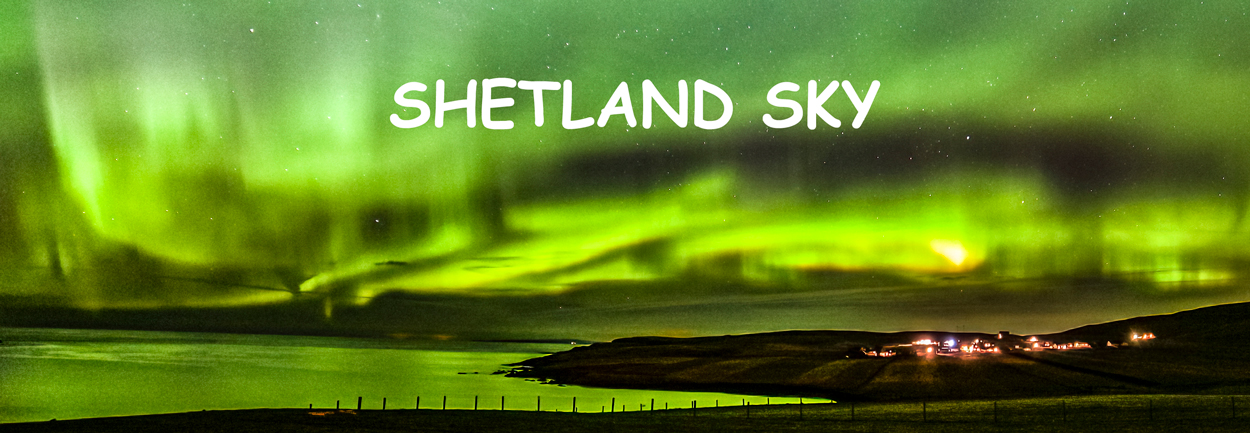So its all down to photographing the sun- Please use a special solar filter
Sunspots with a solar filter can be photographed when its sunny of course. Setting up on a tripod, a 500 mm lens and using a cable release is all that is needed. Don't look through the viewfinder it is very dangerous but instead use live-view which is safe. If you did view the sun with your naked eye you will feel no pain because your retina has no nerve endings, you will become blinded almost instantly. Even after a short while the lens end temperature will reach 500 degrees, so as soon as you have finished photographing move the camera away from the sun
After focusing in live view you can fire away, the sun is always a superb target. With a 500 mm zoom lens its best to go down to a 150 mm , find the sun then zoom in, the sun doesn't stay in view long but it can be easy to find. The solar filter cuts the light down so I use ISO 400 and shoot around f/8.
Sunspots add interest, these are small dark markings in the sun's photo sphere, large storms not of rain and wind but of intense magnetic activity. Because they are magnetic they always appear in pairs with opposite magnetic polarity.
The dark spots are in fact cool areas in a very hot mass. These move left to right across the suns surface (northern hemisphere) , normally lasting no more than 14 days. Some don't make it across the whole surface.
Every 11 years sunspots reach a peak and within a year 100's can be seen. But every 5.5 years after the peak very few or none will be visible. The peak activity for sunspots also occurs with other activity, which include mass ejections, called corona.
Some people also have concluded that in periods of little activity, very cold weather occurs on earth. Like wise in years of very active sunspots the sun temperature will rise could this be Global warming ??. The last peak activity was back in 2011, so you would expect less sunspots from mid 2017 on.
The other good thing is in periods of high activity there is a greater chance to see the Aurora (Northern Lights) .
Auroras can be superb colours but when they are around KP3-4 they look dark on the horizon and sometimes you have to use your camera to tell they are actually showing as the eye cannot detect low activity.







No comments:
Post a Comment